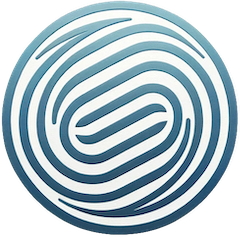On January 9, 2024, Li Shipei provided an update video and report at Yonsei University, expressing confidence that the Chinese team has successfully replicated the results of LK-99, confirming it as a room-temperature superconductor. In the new version of LK-99 (PCPOSOS) with added sulfur, Li Shipei discovered superconductivity.
Regarding resistance, Li Shipei presented several video segments, including T-R testing of I-V characteristics, explaining the phase transition differences from Cu2S and refuting the possibility of copper sulfide anomalies. He introduced videos demonstrating mechanical testing for zero resistance and emphasized that there were no anomalies during the testing process.
Li Shipei stated, “The characteristic of resistance decreasing again in a metal can only be a superconductor unless there are specific counterexamples.” He highlighted the emergence of the resistance curve with temperature in a very small magnetic field range, supporting their predictions. He emphasized the need for further research and development, stating that even minimal changes can alter superconducting properties.
According to international standards, a material is considered a superconductor when its resistance is below 10^-6, and LK-99’s resistance can reach 10^-13 to -14. Li Shipei explained that the pattern of unreadable resistance on a plot is a characteristic of superconductors, and LK-99 meets this standard.
He mentioned creating a material last August that reproduced these phenomena and confirmed it, along with obtaining multiple reproducible data with zero resistance. Third-party testing for the samples is planned, and more academic content will be released at the APS conference in March by Jin Hwan Jang. Important data, including APLM paper and non-public patent data, cannot be disclosed today due to ongoing revisions.
Information from a netizen, presumably present at the event, suggested that the delay in the APL paper’s approval was due to reconfirming the material properties (from PCPOO with added sulfur to PCPOSOS). Nine zero-resistance samples have been submitted to APL, awaiting results.
Li Shipei claimed that China seems to have successfully replicated the results, possibly referring to the microscopic images of the sample. Russia apparently achieved success before the Arxiv upload in July but has not disclosed their findings. He also mentioned the absence of a confirmed theory for room-temperature superconductors, stating that their theory might become the first.
Please note that this translation is based on the provided Chinese text and may not capture all nuances accurately.
